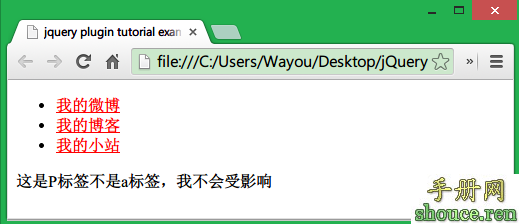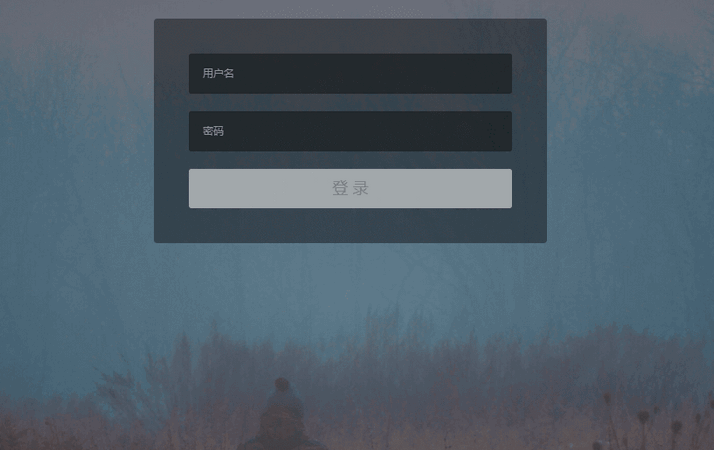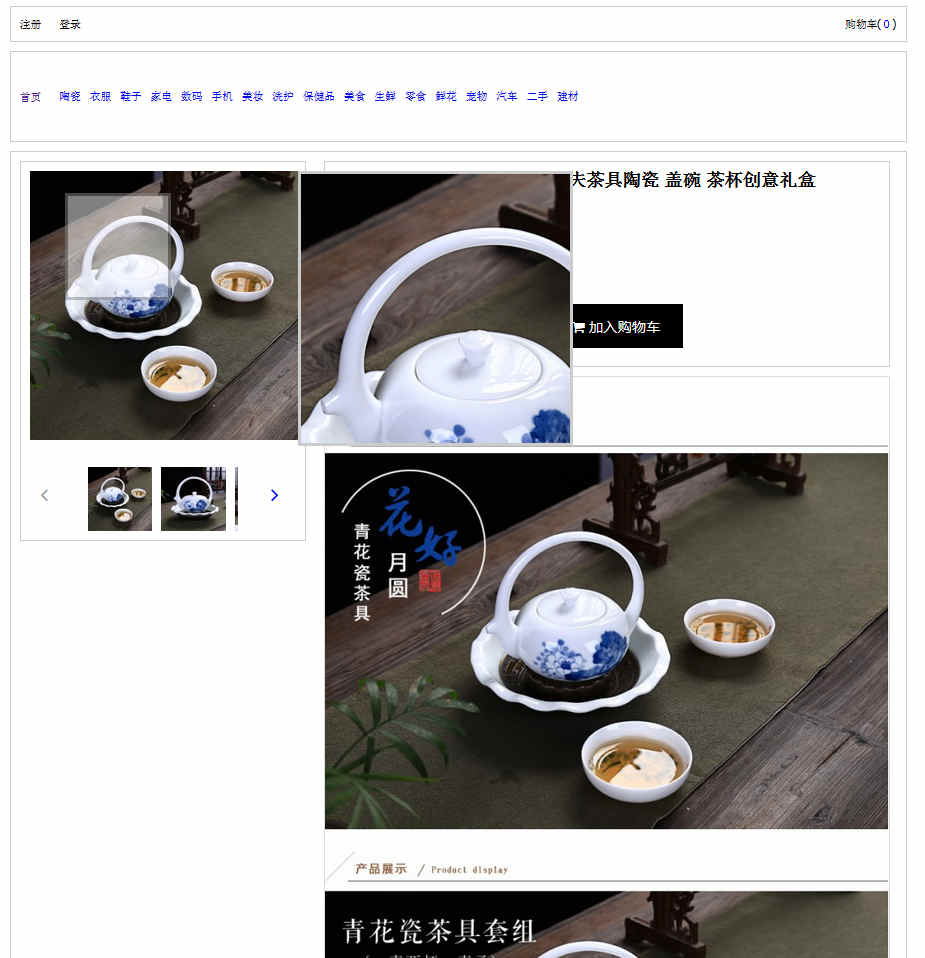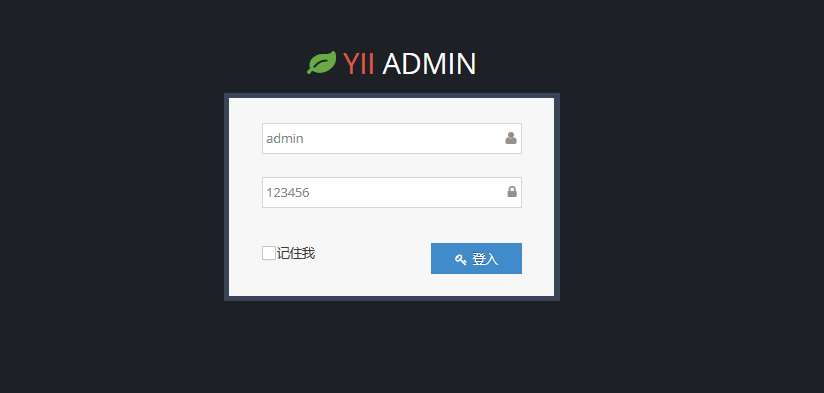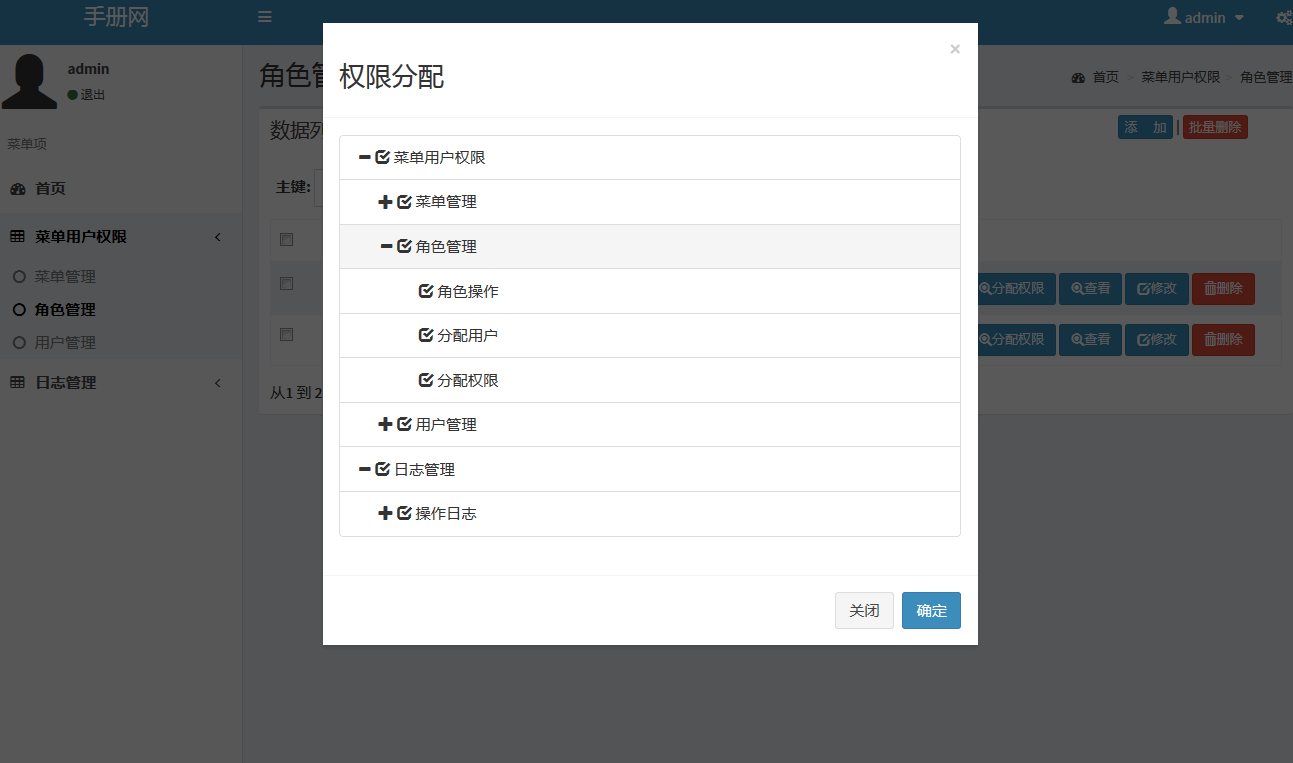Scala开发教程(43): 组合和继承–小结
jerry Scala 2015年11月25日
收藏
前面我们基本完成了布局元素的函数库,现在我们就可以写个程序来使用这个函数库,下面显示螺旋线的程序如下:
- object Spiral {
- val space = elem (" ")
- val corner = elem ("+")
- def spiral(nEdges:Int, direction:Int): Element = {
- if(nEdges==1)
- elem("+")
- else{
- val sp=spiral(nEdges -1, (direction +3) % 4)
- def verticalBar = elem ('|',1, sp.height)
- def horizontalBar = elem('-',sp.width,1)
- if(direction==0)
- (corner beside horizontalBar) above (sp beside space)
- else if (direction ==1)
- (sp above space) beside ( corner above verticalBar)
- else if(direction ==2 )
- (space beside sp) above (horizontalBar beside corner)
- else
- (verticalBar above corner) beside (space above sp)
- }
- }
- def main(args:Array[String]) {
- val nSides=args(0).toInt
- println(spiral(nSides,0))
- }
- }
因为Sprial为一单例对象,并包含main方法,因此它为一Scala应用程序,可以在命令行使用scala Sprial xx来运行这个应用。
- root@mail:~/scala# scala Spiral 5
- +----
- |
- | ++
- | |
- +--+
- root@mail:~/scala# scala Spiral 23
- +----------------------
- |
- | +------------------+
- | | |
- | | +--------------+ |
- | | | | |
- | | | +----------+ | |
- | | | | | | |
- | | | | +------+ | | |
- | | | | | | | | |
- | | | | | +--+ | | | |
- | | | | | | | | | | |
- | | | | | ++ | | | | |
- | | | | | | | | | |
- | | | | +----+ | | | |
- | | | | | | | |
- | | | +--------+ | | |
- | | | | | |
- | | +------------+ | |
- | | | |
- | +----------------+ |
- | |
- +--------------------+
这个例子的完整代码如下:
- object Element {
- private class ArrayElement(val contents: Array[String])
- extends Element
- private class LineElement(s:String) extends Element {
- val contents=Array(s)
- override def width = s.length
- override def height = 1
- }
- private class UniformElement (ch :Char,
- override val width:Int,
- override val height:Int
- ) extends Element{
- private val line=ch.toString * width
- def contents = Array.fill(height)(line)
- }
- def elem(contents: Array[String]):Element =
- new ArrayElement(contents)
- def elem(chr:Char, width:Int, height:Int) :Element =
- new UniformElement(chr,width,height)
- def elem(line:String) :Element =
- new LineElement(line)
- }
- import Element.elem
- abstract class Element {
- def contents: Array[String]
- def height: Int = contents.length
- def width: Int = contents(0).length
- def above(that: Element) :Element = {
- val this1=this widen that.width
- val that1=that widen this.width
- elem (this1.contents ++ that1.contents)
- }
- def beside(that: Element) :Element = {
- val this1=this heighten that.height
- val that1=that heighten this.height
- Element.elem(
- for(
- (line1,line2) <- this1.contents zip that1.contents
- ) yield line1+line2
- )
- }
- def widen(w: Int): Element =
- if (w <= width) this
- else {
- val left = Element.elem(' ', (w - width) / 2, height)
- var right = Element.elem(' ', w - width - left.width, height)
- left beside this beside right
- }
- def heighten(h: Int): Element =
- if (h <= height) this
- else {
- val top = Element.elem(' ', width, (h - height) / 2)
- var bot = Element.elem(' ', width, h - height - top.height)
- top above this above bot
- }
- override def toString = contents mkString "\n"
- }
- object Spiral {
- val space = elem (" ")
- val corner = elem ("+")
- def spiral(nEdges:Int, direction:Int): Element = {
- if(nEdges==1)
- elem("+")
- else{
- val sp=spiral(nEdges -1, (direction +3) % 4)
- def verticalBar = elem ('|',1, sp.height)
- def horizontalBar = elem('-',sp.width,1)
- if(direction==0)
- (corner beside horizontalBar) above (sp beside space)
- else if (direction ==1)
- (sp above space) beside ( corner above verticalBar)
- else if(direction ==2 )
- (space beside sp) above (horizontalBar beside corner)
- else
- (verticalBar above corner) beside (space above sp)
- }
- }
- def main(args:Array[String]) {
- val nSides=args(0).toInt
- println(spiral(nSides,0))
- }
- }
到目前为止,你看到了Scala里与面向对象编程有关的更多的概念。其中,你遇到了抽象类,继承和派生,类层次,参数化字段,及方法重载。你应当已经建立了在Scala里构造不太小的类层次的感觉。
- 没有章节



